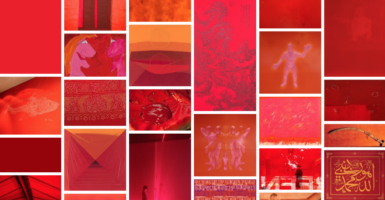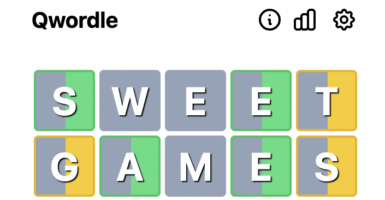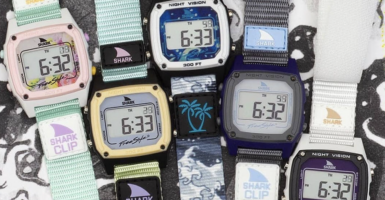Stunning Vintage Photos Of The Icon Dolly Parton
It’s hard to predict who’s going to be a star, and how people will turn out when they become one. The history of the entertainment industry is full of cases where people had something special that got people’s attention but either couldn’t follow through or alienated everyone once they got to the top.
Dolly Parton had neither problem. Her incredible talent kept her on top for decades and her unbreakable charm made everyone want her to stay there. Yet while she started with humble means, she would amass the kind of cachet that made something as grand as Dollywood a reality.
The Humblest Of Beginnings
![Young [redacted] Portrait](https://media.tellmebest.com/wp-content/uploads/2024/03/young-dolly-parton-portrait-50360.jpeg)
According to the Library of Congress, Dolly Rebecca Parton was born near Sevierville, Tennessee, on January 19, 1946. Although Parton described her father, Robert Lee Parton, as a person with an aptitude for business, she nonetheless grew up in conditions she described as “dirt poor.”
However, Parton had a prodigious talent and like Mozart, she wrote her first song called “Little Tiny Tassle Top” when she was about five years old. At seven, she made her first guitar out of an old mandolin and two bass guitar strings. After appearing on The Cas Walker Show in Knoxville as a child, she released her first single “Puppy Love” in 1959. It doesn’t chart.
A Big Step For A Country Singer
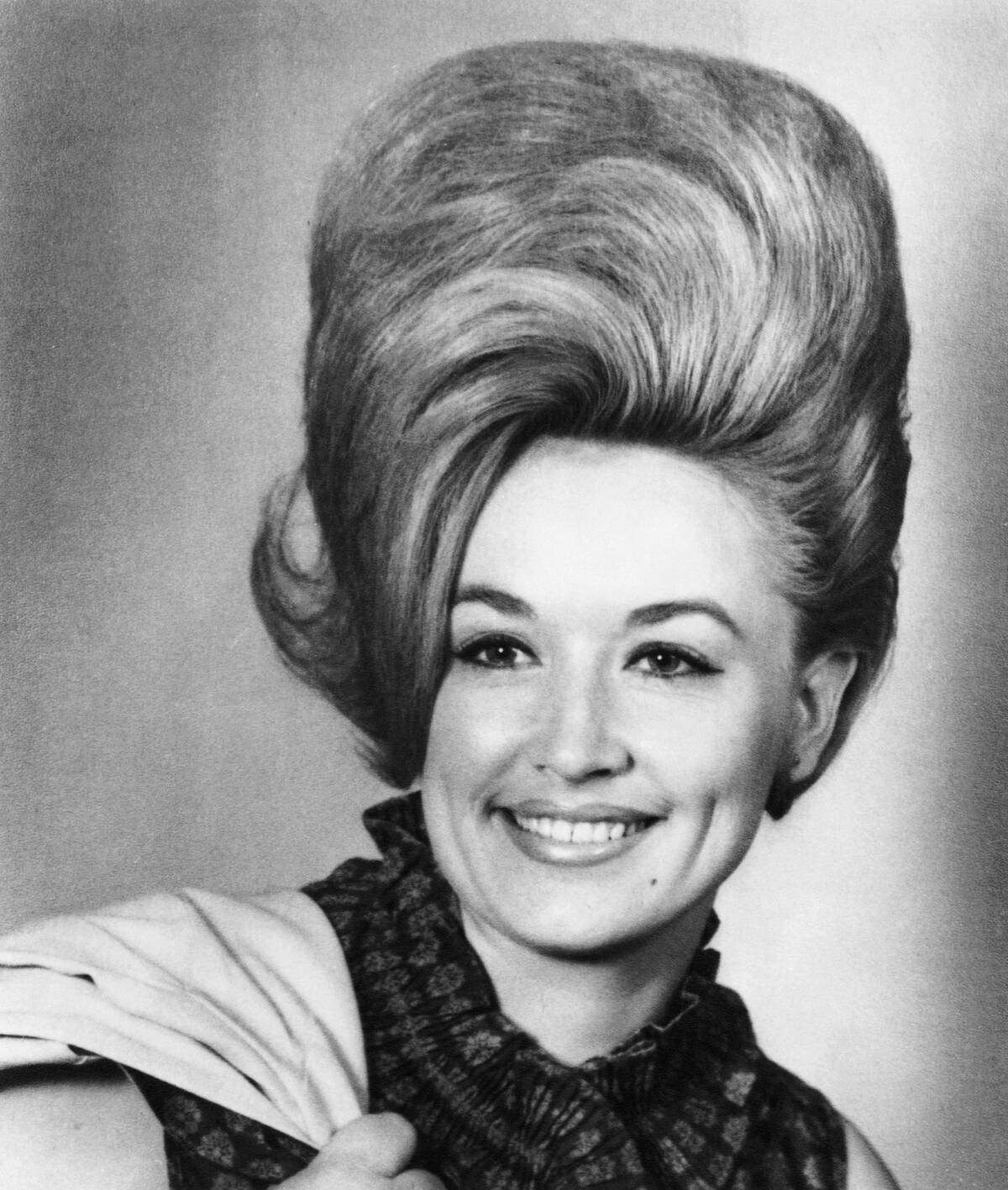
At the age of 13, Parton gave her first performance at one of the biggest stages in country music, the Grand Old Opry. Better yet, her set was introduced by none other than country legend Johnny Cash.
Parton started off my singing, “You Gotta Be My Baby,” which the song’s writer, George Jones, performed at his first time at the Opry about three years earlier. However, the crowd particularly liked the way Parton sang it, as she received three encores.
Some False Starts
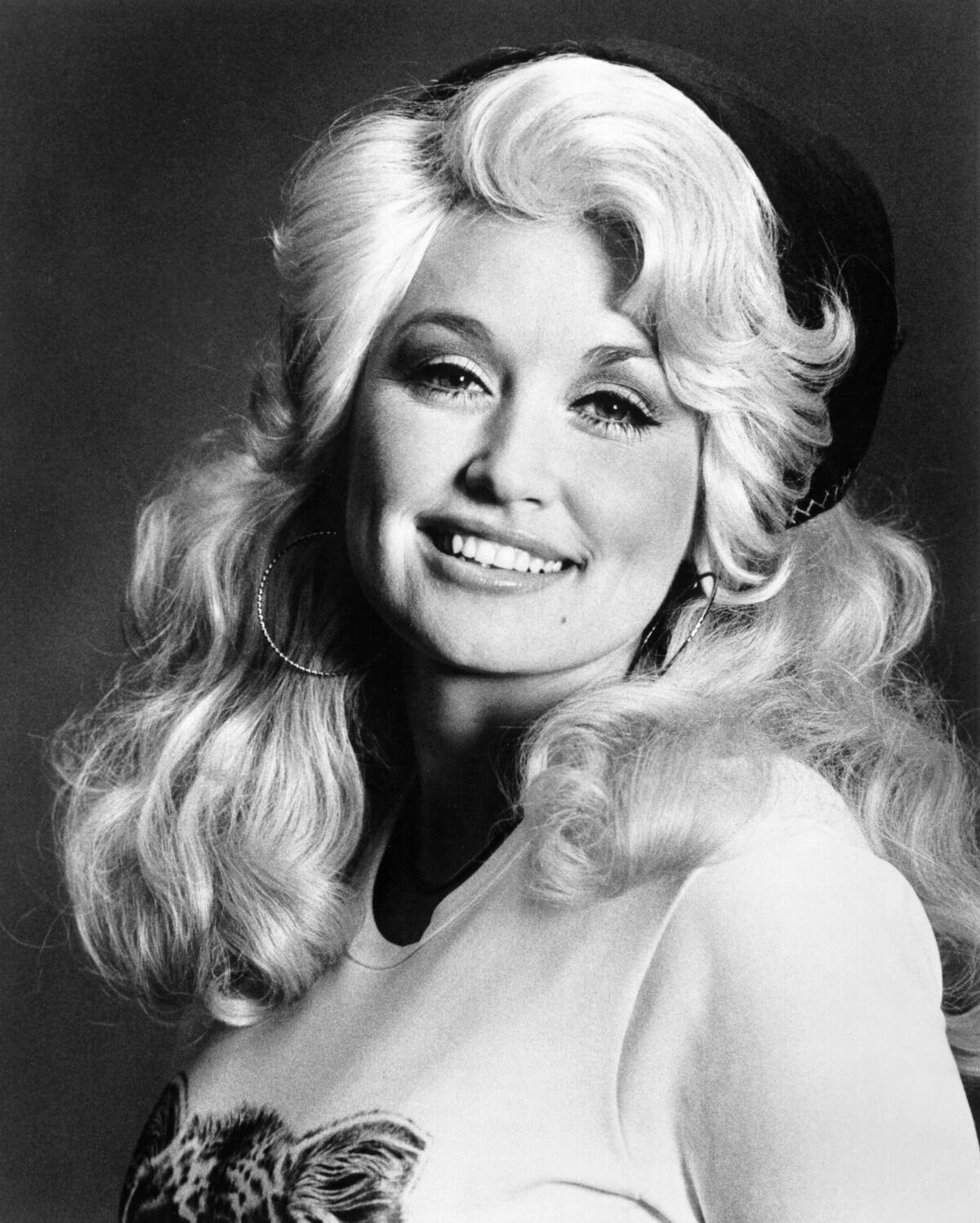
By 1962, Parton and her uncle, Bill Owens, made an interesting enough double act to get themselves signed to Tree Publishing and Mercury Records. There, they released a single called “It’s Sure Gonna Hurt” with the B side “The Love You Gave.” Although it was her first single on a major label, it didn’t chart either and they were dropped from both companies.
Parton then released a short compilation called Hits Made Famous by Country Queens on Somerset Records in 1963, but opportunity knocked yet again when Fred Foster signed her and Owens to his Combine publisher and Monument Records.
The First Hits She Wrote And Sang
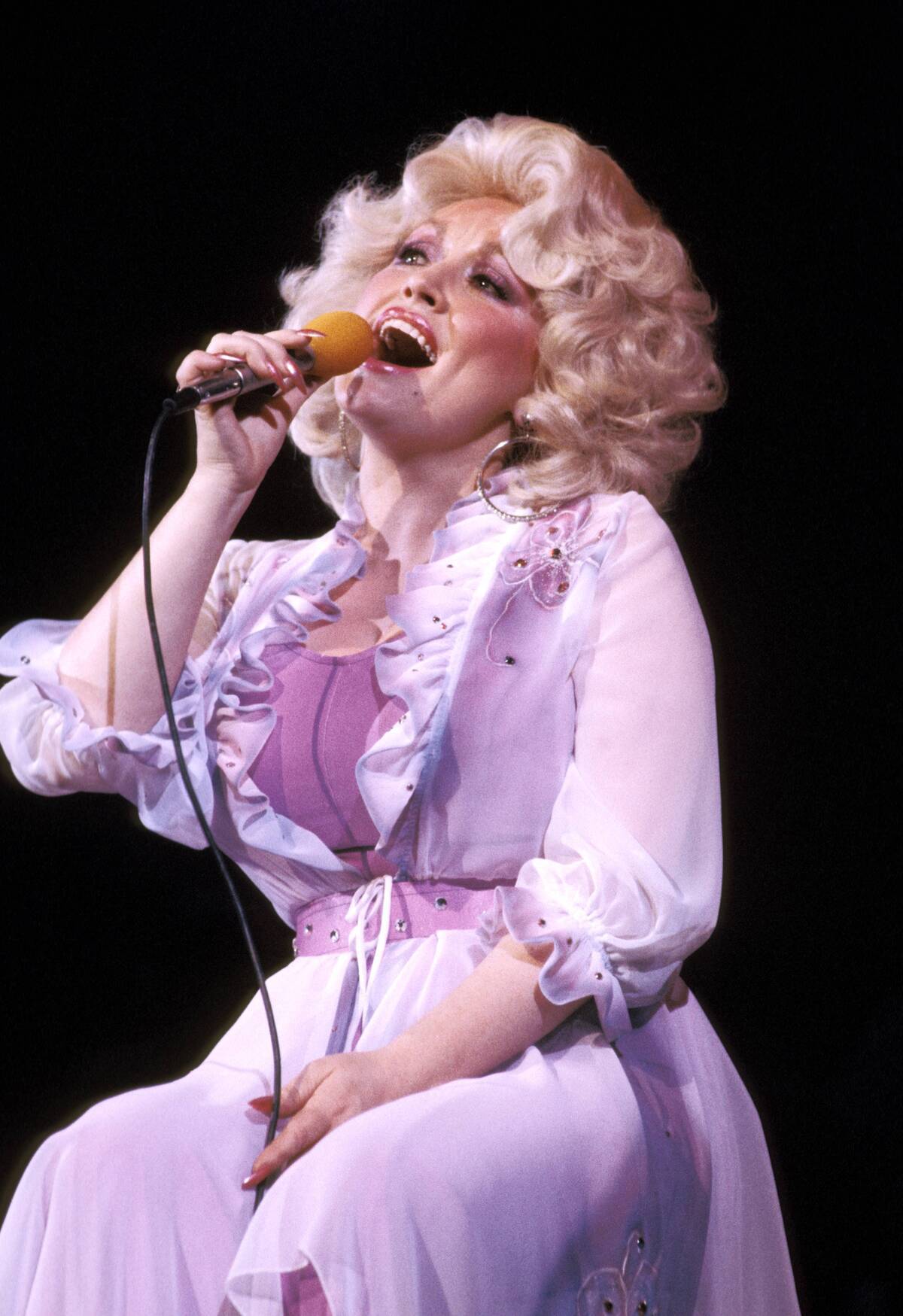
Between 1966 and 1967, success started coming to Parton, first by proxy when Bill Phillips made into the top ten with two songs Parton and Owens had written called “Put It Off Until Tomorrow” and “The Company You Keep.”
In the second of those years, however, Parton started to notch country hits as a singer, with “Dumb Blonde” and “Something Fishy” making the top 40 on the country charts. The latter song even made it number 17 on the country charts.
Massive Milestones In 1967
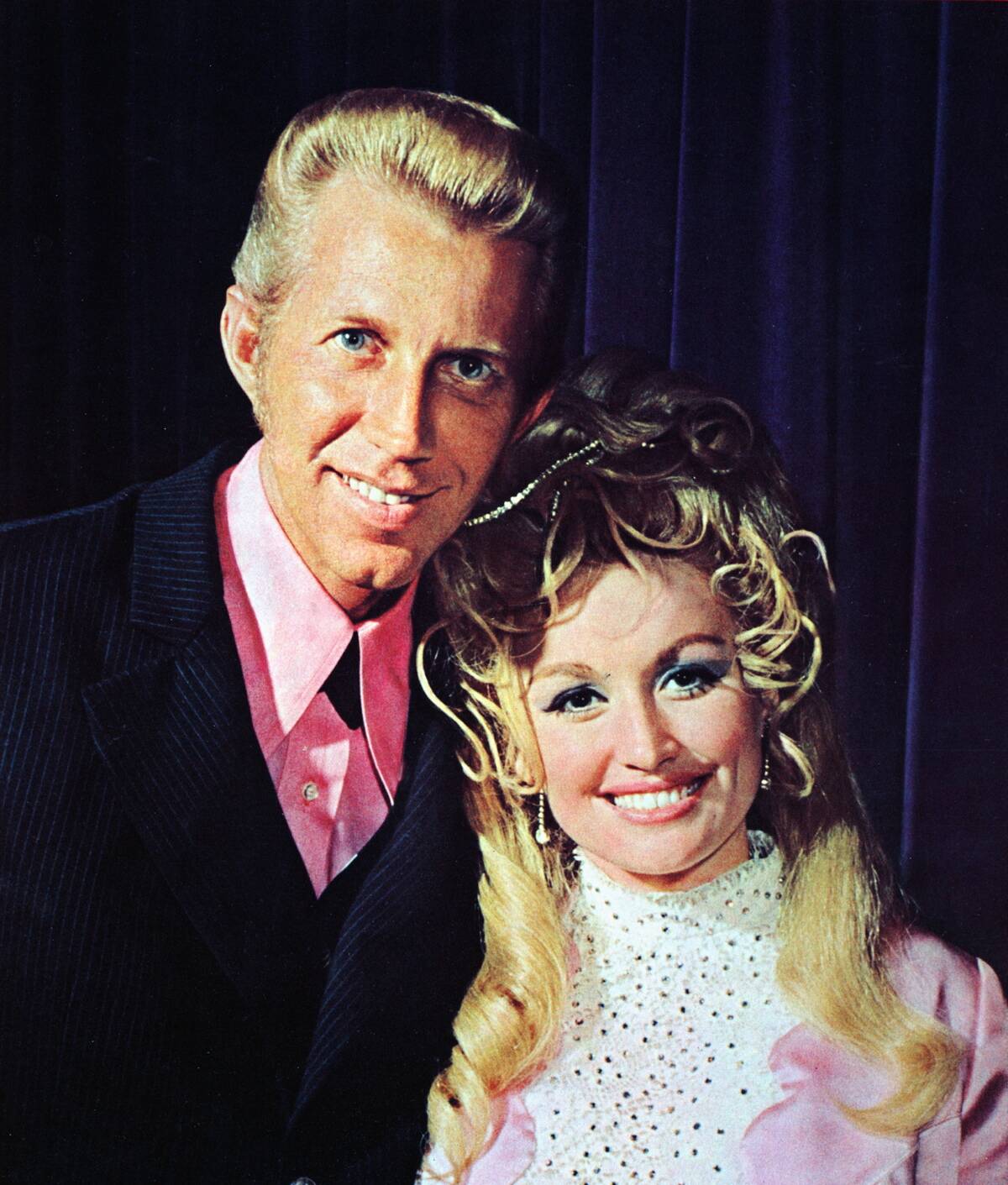
Not only would Parton release her first LP (called Hello, I’m Dolly) in 1967, but that was also the year she first appeared on The Porter Wagoner Show. This would be a major step for her career, as Wagoner and Parton would achieve a top-ten country hit with a duet version of “The Last Thing on My Mind.”
They would release their first album on RCA in the following year called Just between You and Me. Parton also released a solo album in 1968 via that label called Just Because I’m A Woman.
Parton and Wagoner Receive Serious Acclaim
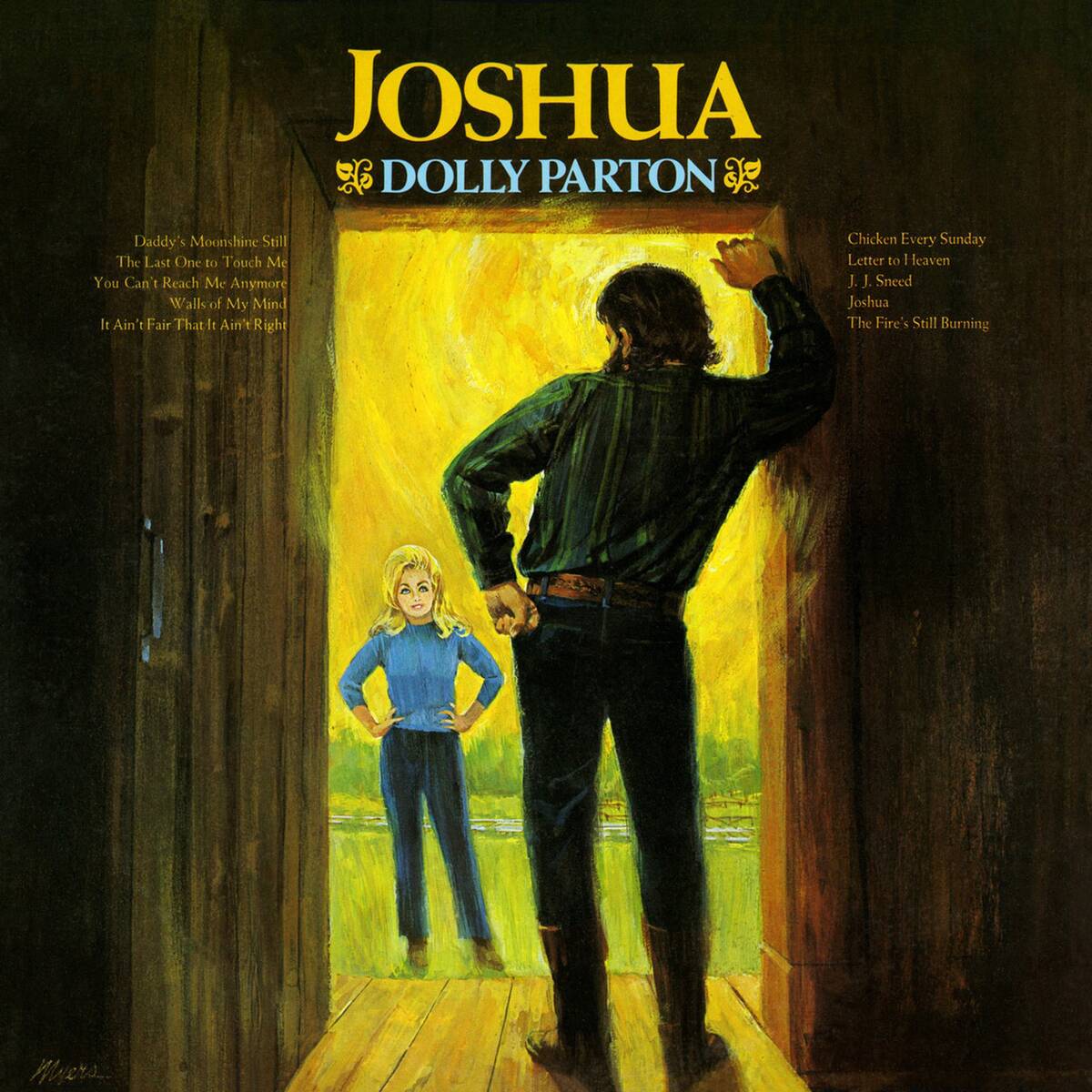
After they started working together on RCA, Parton and Wagoner received awards from both the Country Music Association (for Vocal Group of the Year) and the Music City News (for Duet Of The Year).
At the same time, Parton was starting to find. herself in the country top-ten a lot more, as her version of the Jimmie Rodgers song, “Mule Skinner Blues (Blue Yodel No. 8)” hit number three. In 1971, however, Parton would achieve her first number-one country hit with the single “Joshua.” Soon enough, her success wasn’t limited to the country charts.
Parton Parts Ways With Wagoner
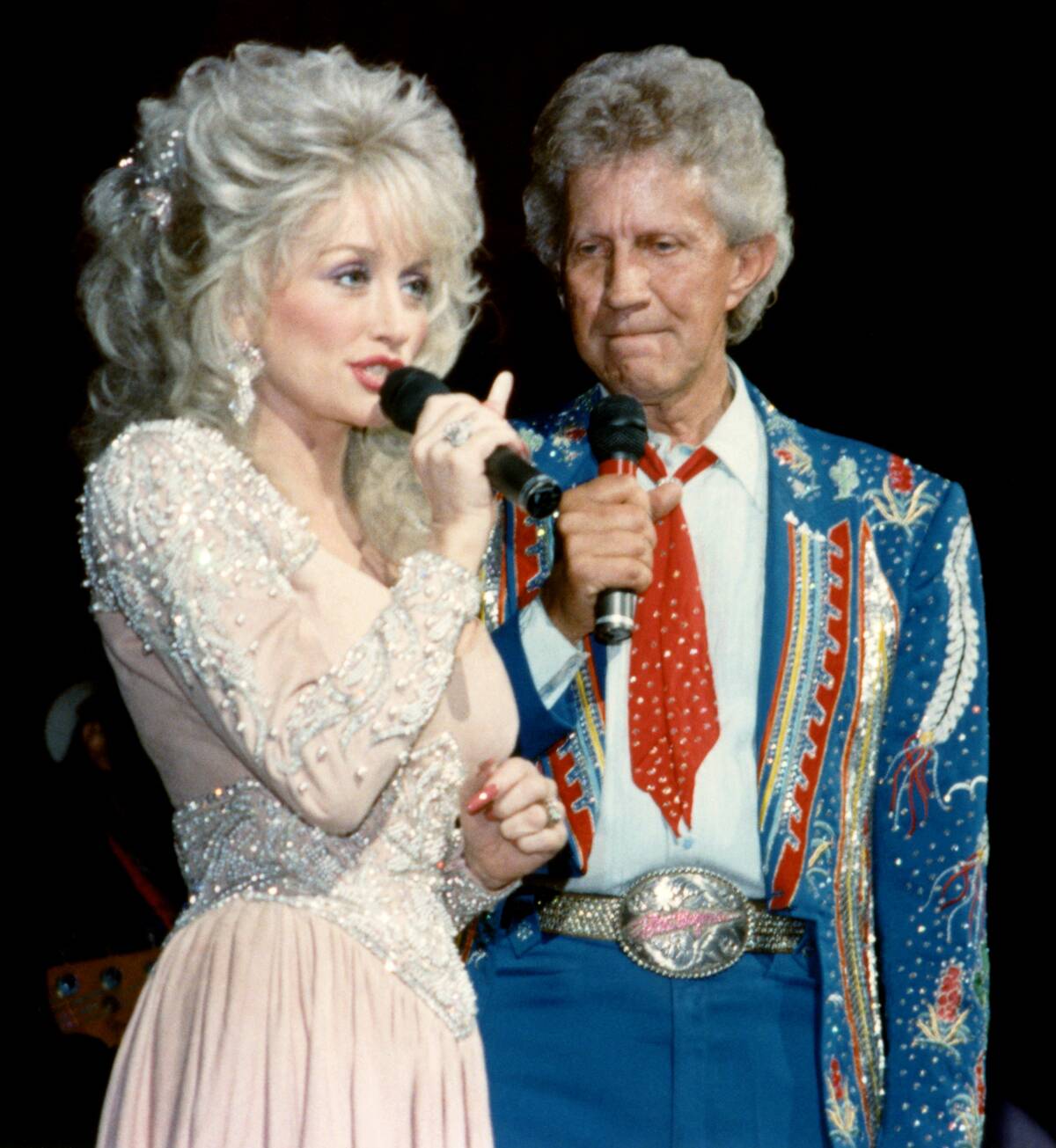
Although this photo was taken much later, the ’70s saw Parton compelled to strike out on her own as they progressed. Nonetheless, she and Wagoner achieved one last hit together with “Please Don’t Stop Loving Me,” which would be their only number-one country hit together.
However, Parton would achieve a number one hit with the song consoling Wagoner about the fact that she would no longer be on his television show or travel with his road show, “I Will Always Love You.” 1974 would see her release three more country number ones on her own, but one of those hits crossed over.
Parton’s Signature Song And Her First Pop Hit
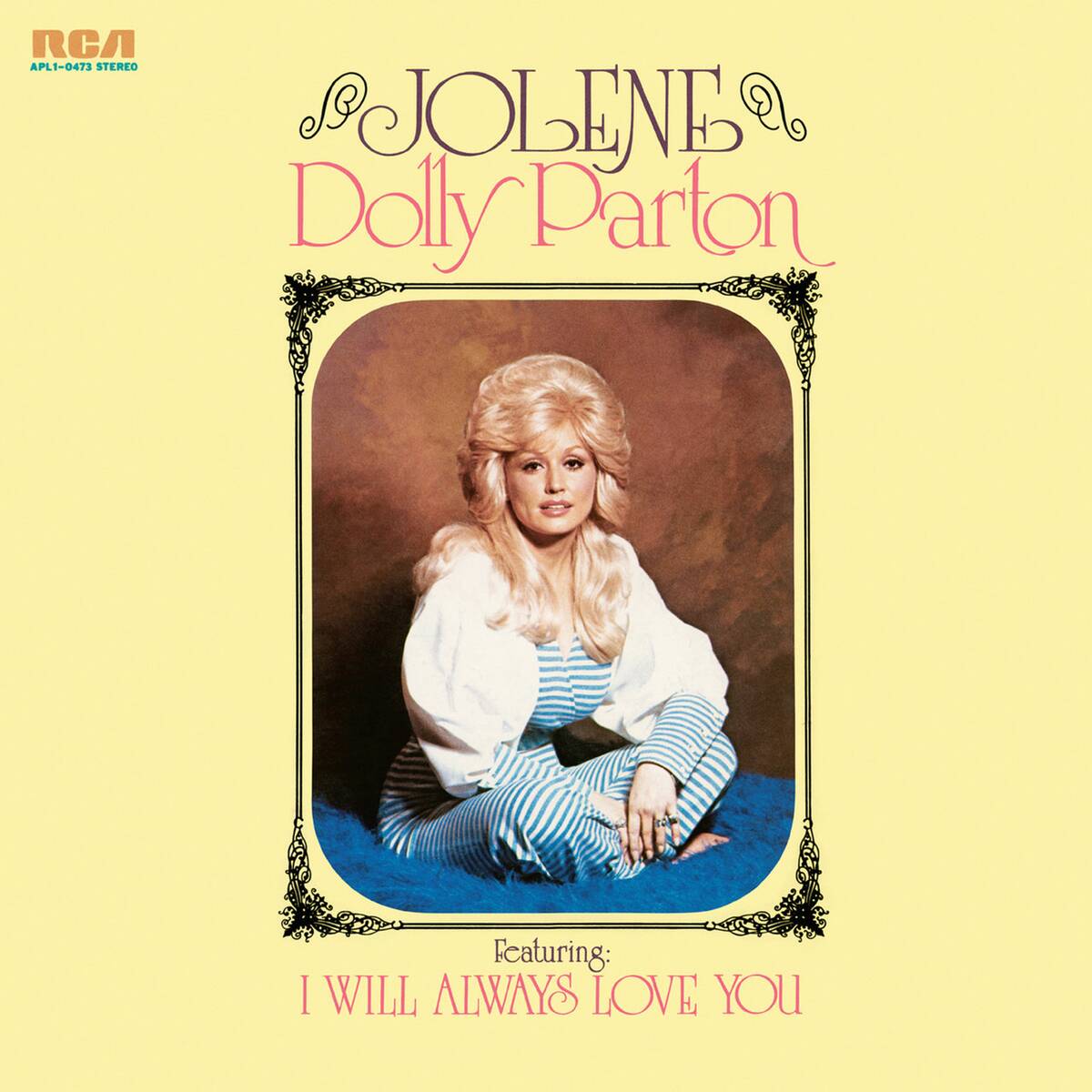
Around the time that she was parting ways with Wagoner, Parton released “Jolene,” a song that would have one of the longest shelf lives in her catalogue. Naturally, this is helped by the fact that everyone from The White Stripes to Miley Cyrus to Beyoncé have covered it in the decades since.
However, it meant a lot to her career at the time, too. Not only did “Jolene” bring Parton to number one on the country charts yet again, but it also marked the first time she would chart on the Billboard Hot 100. “Jolene” peaked at number 60 but it was only a taste of things to come for Parton.
A Historic Milestone Comes In The ’70s
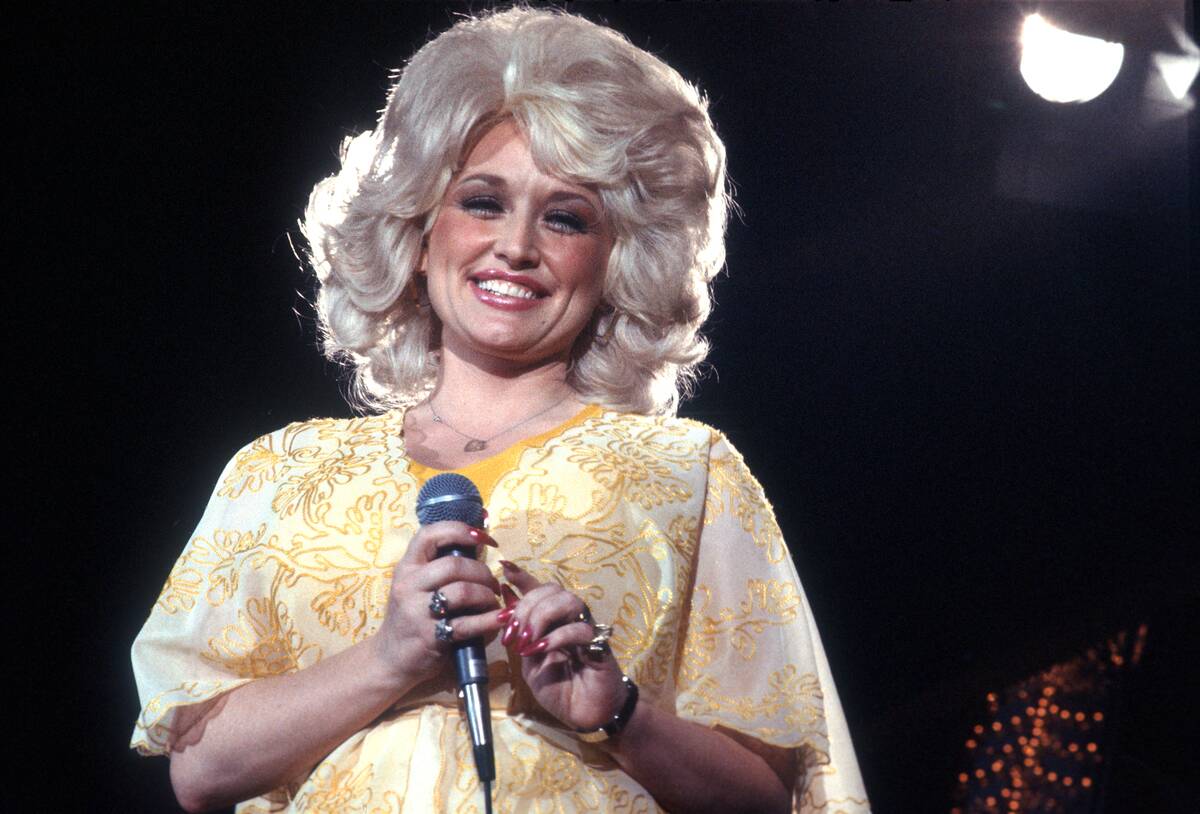
Parton hit the ground running after 1974, as she would win Female Vocalist of the Year at the 1975 CMA awards and then started her own syndicated show called Dolly in the following year. At this point, her career had completely divested from Wagoner’s.
This meant that her 1977 New Harvest … First Gathering was self-produced but it was her biggest one yet. Not only did the single “Here You Come Again” give Parton her biggest country hit by staying at number one for five weeks but it made it to number three on the Billboard Hot 100. Not only would New Harvest … First Gathering net Parton a Grammy, but it was how she made history as the first female country artist with a platinum-selling album.
Parton Emerges As A Working Class Hero
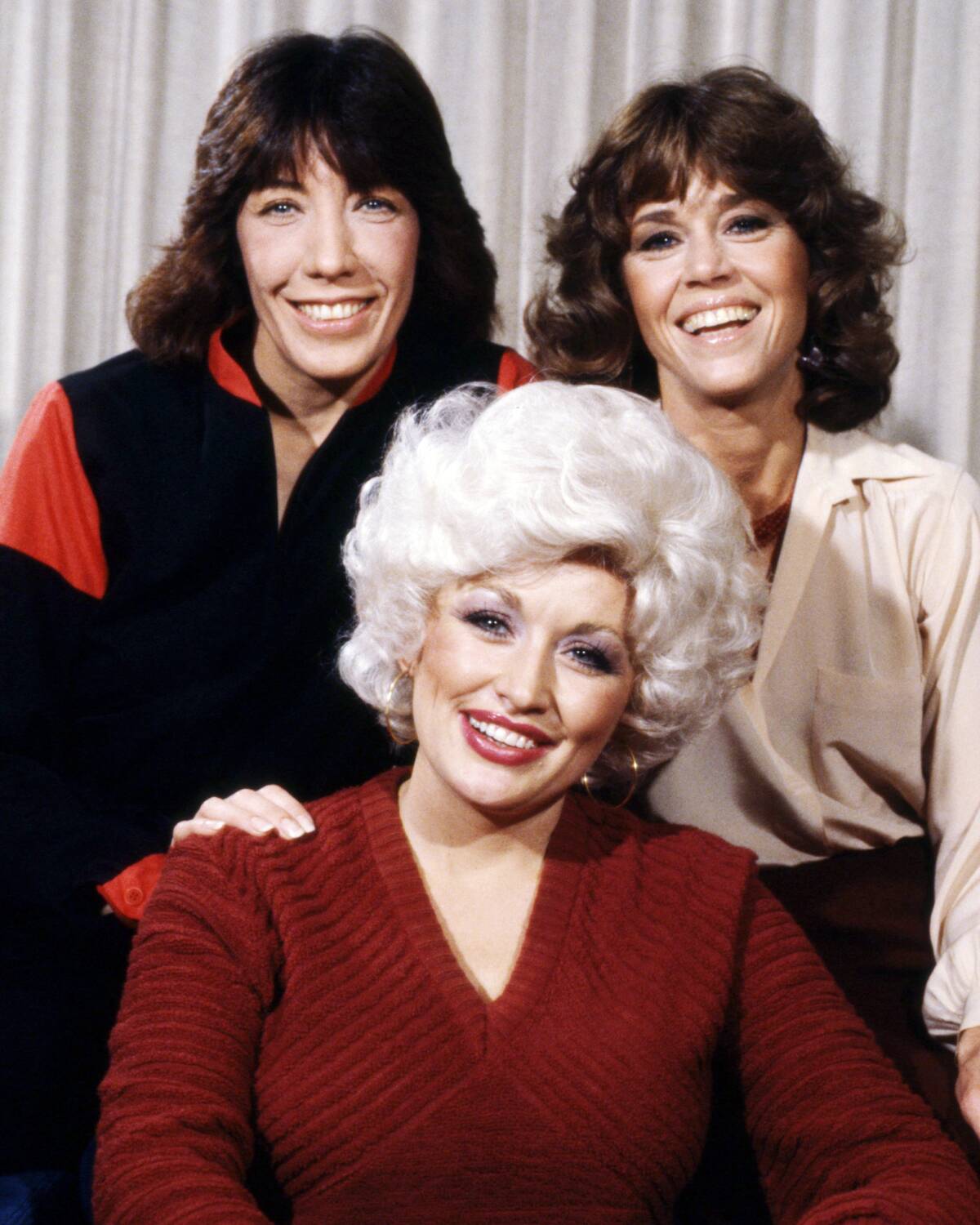
As if Parton’s star couldn’t rise higher, she ended up starring alongside Jane Fonda and Lily Tomlin in the 1980 film 9 To 5, which saw her receive three Golden Globe nominations, an Oscar nomination for the titular song, and a People’s Choice Award for the song as well.
Not only was Parton getting acting nominations for her first starring role but the song “9 To 5” would indeed prove to be the people’s choice, as it would become both a number-one country hit and her first number-one hit on the Billboard Hot 100. In addition to winning two Grammys for it, the album it was placed on earned Parton her first Academy of Country Music win for Female Vocalist of the Year.
Dollywood Is Born
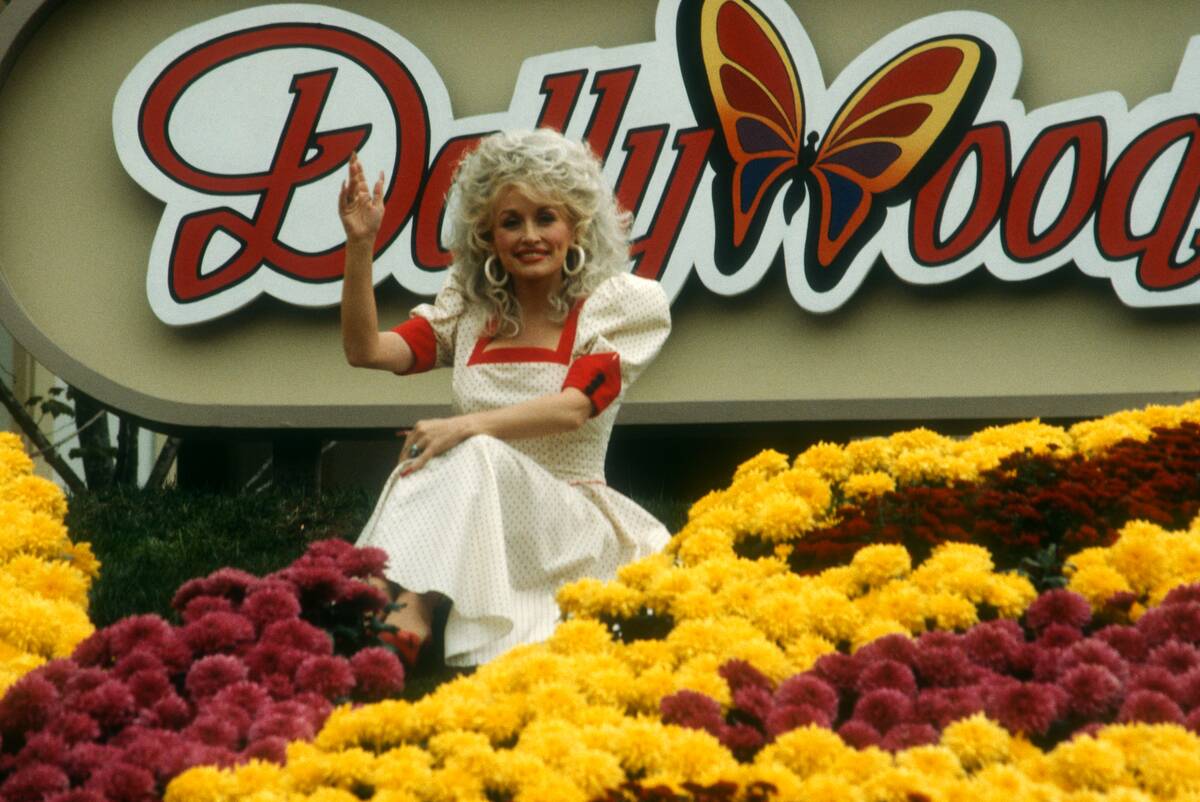
The ’80s would become a period of unprecedented success for Parton, as her film and music careers would continue and by 1986, she had already been inducted into the Nashville Songwriters Hall of Fame.
The following year, Parton would build enough cultural cachet to sustain the creation of a Dollywood, a beloved theme park that still stands in Pigeon Forge, Tennessee, and reportedly sees an estimated three million visitors a year. It would be the first of the attractions Parton would have set up in her home town.
Parton Embarks On Legendary Collaborations
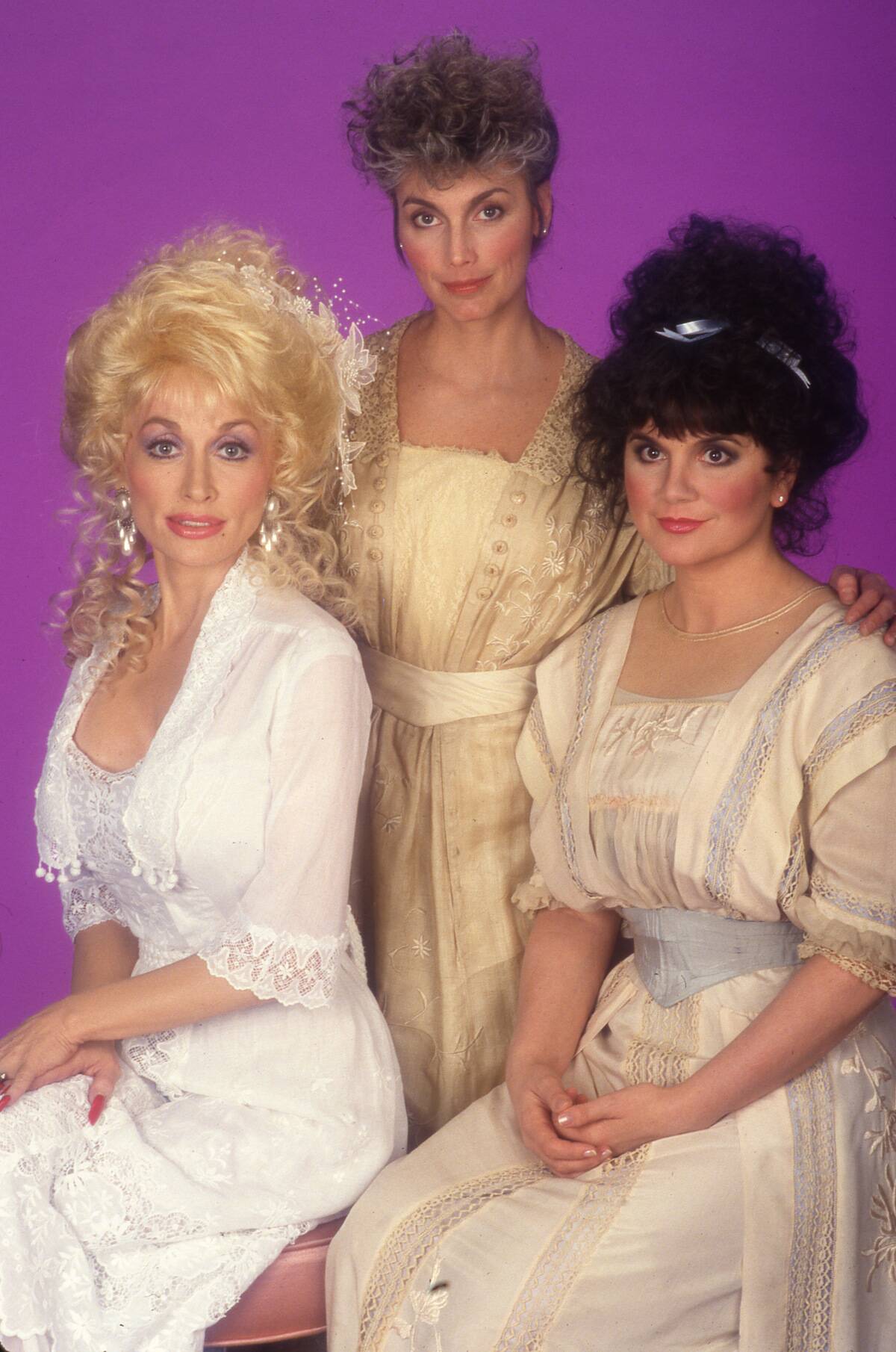
In 1987, Parton would achieve a top-ten album, the ACM Album of the Year, MCN Vocal Collaboration of the Year, and CMA Top Vocal Event awards by coming together with fellow country legends Emmylou Harris and Linda Ronstadt to record the 1987 album Trio.
By 1993, Parton would try a similar trick via her own record label, Blue Eye. This time, she recorded the album Honky Tonk Angels with two other revered country artists: Loretta Lynn and Tammy Wynette. The album was also released on Columbia.
Parton Set A New Record In The ’90s
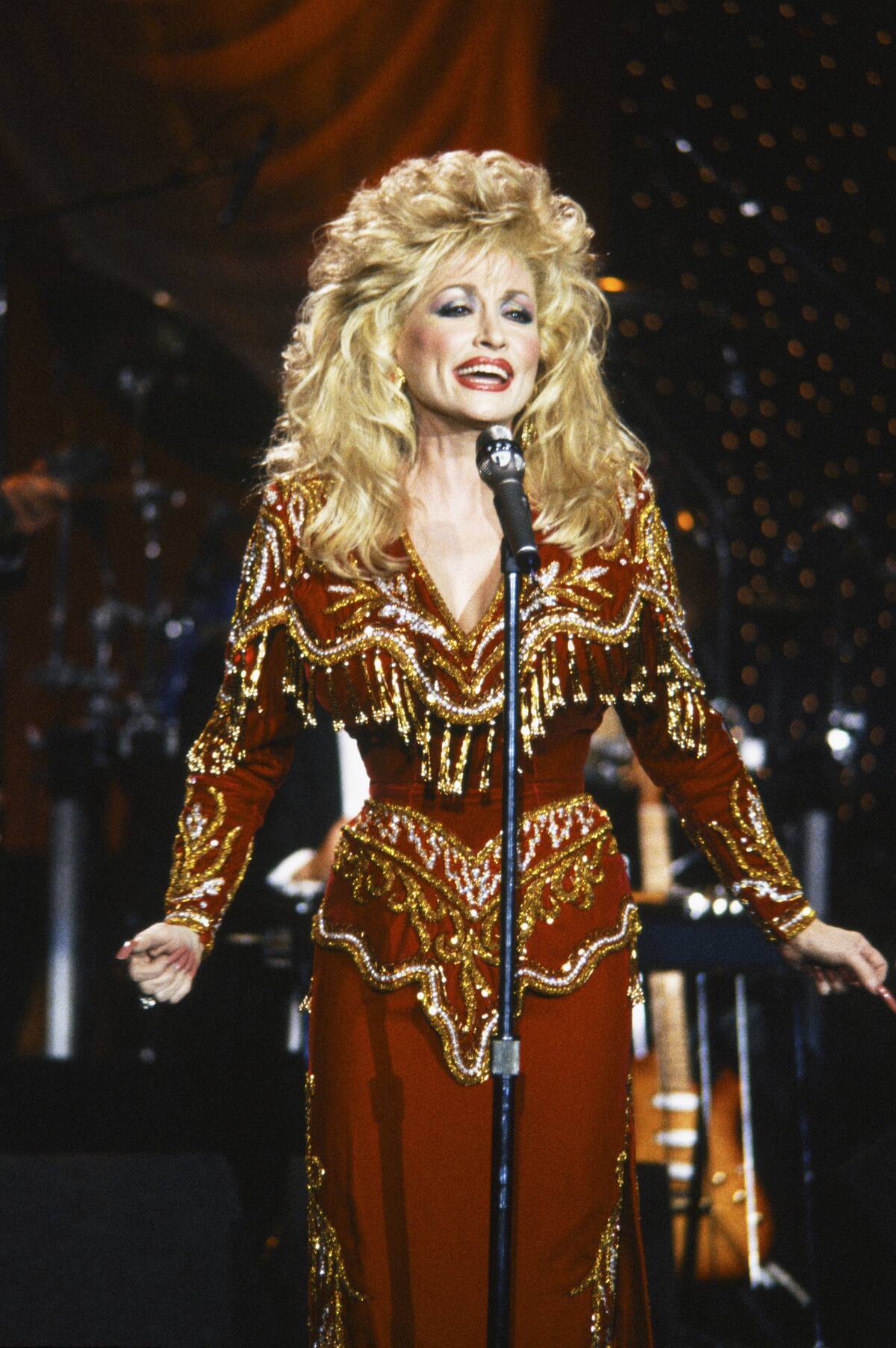
In 1991, Parton released the album, Eagle When She Flies, which gave her another number-one hit in the form of “Rocking Years” with Ricky Van Shelton. That year also saw her named Billboard’s All-Time Top Female Country artist, as she was the only woman to chart number-one records in three different decades.
As if that weren’t enough, she likely profited handsomely when Whitney Houston’s version of “I Will Always Love You” from The Bodyguard set a record by remaining a number-one hit on the Billboard Hot 100 for 14 straight weeks. In 1994, Parton also found her way on the New York Times Bestseller list with her autobiography, Dolly: My Life and Other Unfinished Business.
Parton Enters The New Millennium Prestigiously
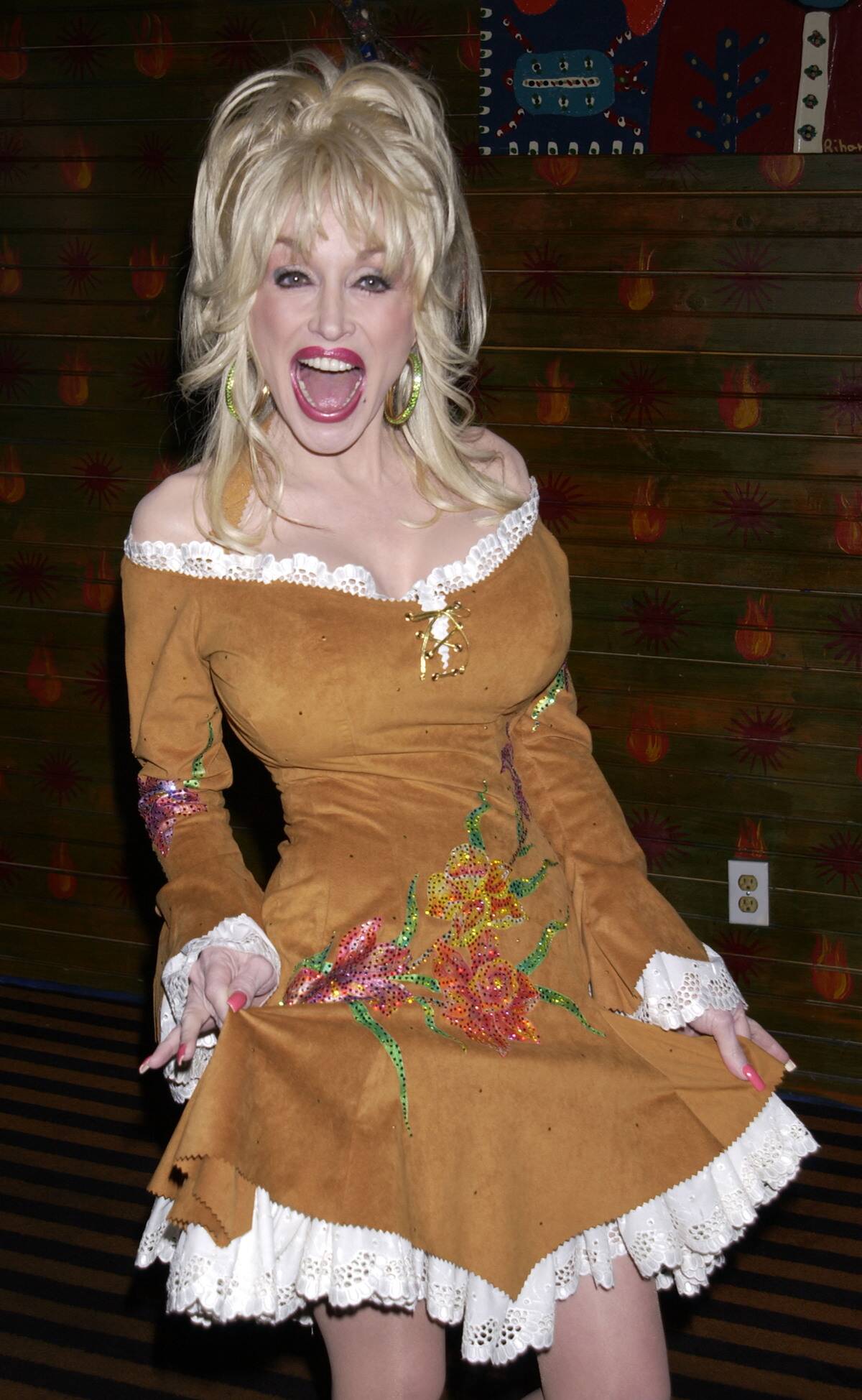
In 1999, Parton recorded and independently released her first bluegrass album, which was simply called The Grass Is Blue. In 2001, she followed this up with an album that combined folk and bluegrass called Little Sparrow.
Both albums would win her Grammys and a third bluegrass album called Halos & Horns would see her earn two additional nominations. This era also saw her go back on tour for the first time in a decade. In 2003, she would be nominated for CMA Female Vocalist Of The Year for the first time in 16 years and two of her songs would appear on Country Music Television’s 100 Best Songs In Country Music list.
Her Legacy Speaks For Itself

In addition to receiving the Living Legend Medal from the Library of Congress, Parton also found herself inducted into the Rock and Roll Hall Of Fame. At first, she declined under the impression that one had to be a rock artist to qualify but accepted once she learned this wasn’t the case.
Nonetheless, the following year saw her release her first rock album in Rockstar, which was both critically acclaimed and debuted at number three on the Billboard 200 album charts. Oddly enough, this made Rockstar Parton’s highest charting solo studio album. It also topped the rock and country charts all at once. Clearly, she’s still got it.
